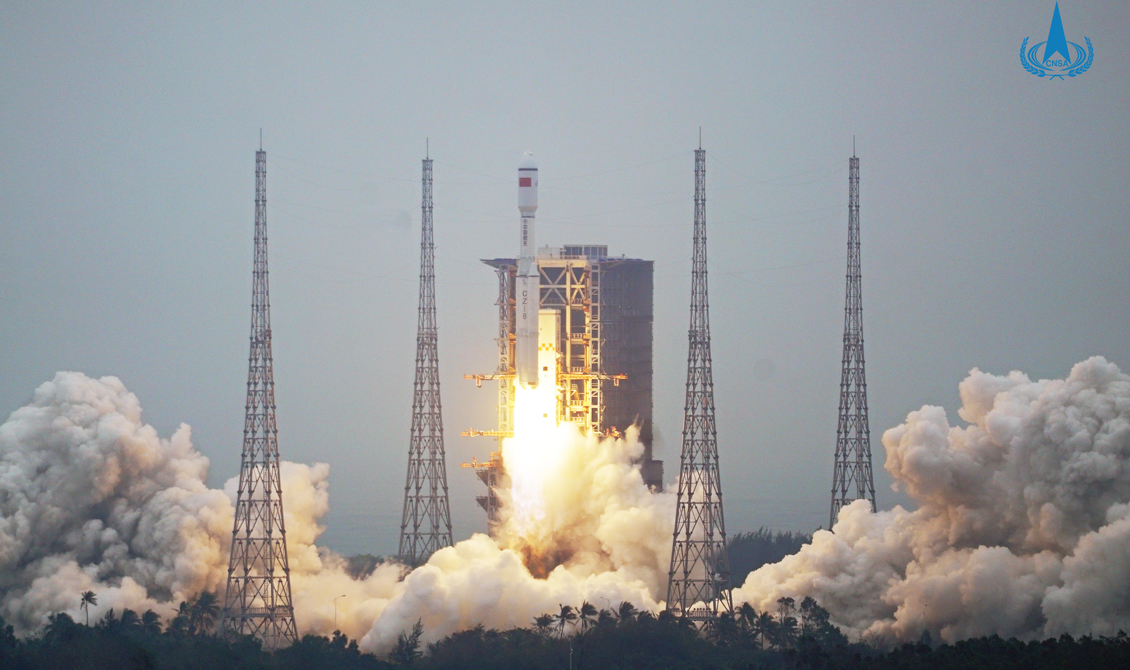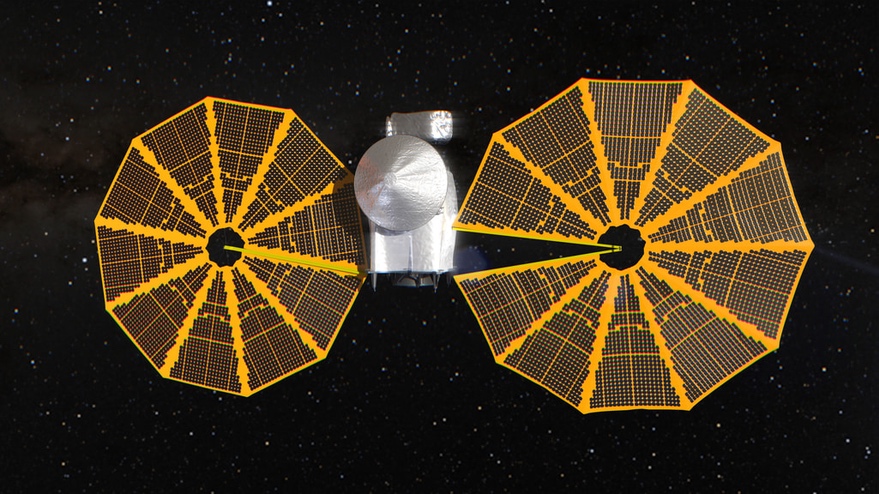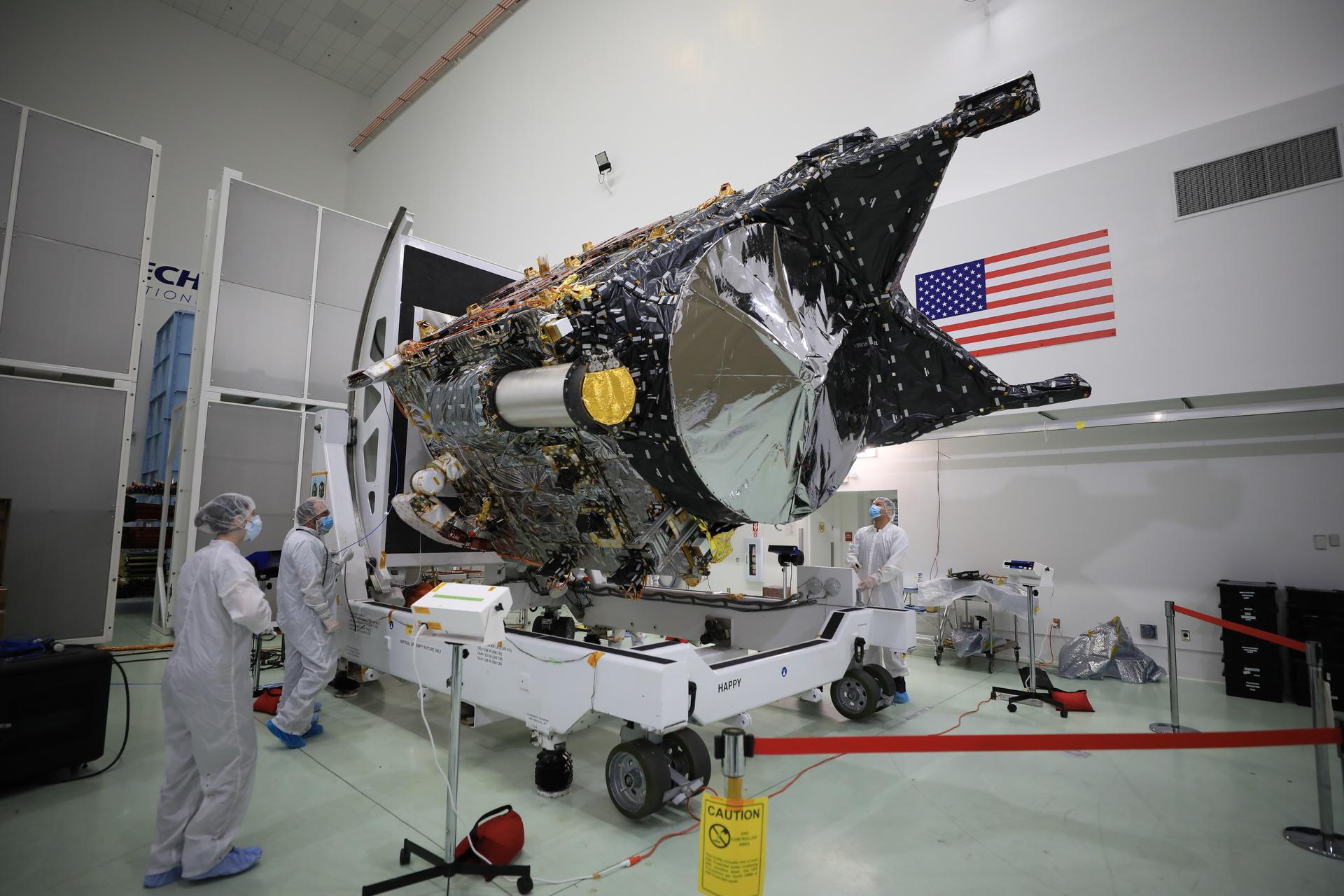U.S. sanctions Chinese satellite firm for allegedly supplying SAR imagery to Russia’s Wagner Group
Original Publication Date: 2023-01-27 10:26

Changsha Tianyi Space Science and Technology Research Institute hit by sanctions. U.S. Treasury Department announced sanctions targeting Wagner Group Jan. 26. Spacety provided synthetic aperture radar (SAR) satellite imagery of locations in Ukraine. China has raised concerns over the use of U.S. Commercial satellite constellations in the Ukraine conflict.
Senators press Defense Secretary Austin to keep Space Command in Colorado
Original Publication Date: 2023-01-27 00:16

Colorado Senators Michael Bennet and John Hickenlooper met with Defense Secretary Lloyd Austin. They urged him to reverse the Air Force’s decision to relocate U.S. Space Command headquarters. Austin met with Colorado Senators Bennet and Hickenlooper after they refused to confirm a DoD nominee.
Supporting military operations on Earth to remain U.S. Space Force’s top priority
Original Publication Date: 2023-01-26 22:30

Space Force must focus on building next generation of satellites for military operations, official says. Top acquisition executive Frank Calvelli says service must stay focused on current missions. Calvelli identified satellite-based communications, space domain awareness, precision navigation and timing as "core mission areas"
NASA adds asteroid flyby to Lucy mission
Original Publication Date: 2023-01-26 12:52

NASA says it will fly by the small main-belt asteroid 1999 VD57 on Nov. 1. The spacecraft will perform a series of maneuvers starting in May to adjust its trajectory. Lucy will then fly by several Trojan asteroids at Jupiter’s distance from the sun between 2027 and 2033.
NASASpaceFlight.com
India launches a new ocean monitoring satellite on Saturday morning. The PSLV rocket launched the EOS-06 spacecraft into a low Earth orbit. The mission, PSLV C54, lifted off from the Satish Dhawan Space Centre at 11:56 local time (06:26 UTC)
Commercial Archives
SpaceX's Starlink 5-2 mission launched into the predawn darkness at 4:32 AM EST (09:32 UTC) on Thursday, Jan. 26. The mission plans to fill out new “shells’ of Starlink satellites that link to the upcoming second-generation Starlink constellation.
International Archives
The Japan Aerospace Exploration Agency and Mitsubishi Industries have conducted the nation's first orbital flight of 2023. The mission saw an H-IIA rocket carry the classified IGS-7 radar reconnaissance satellite into a Sun-synchronous orbit. The mission is the first of several planned orbital launches for Japan in 2023.
ISS Updates – Spaceflight101 – International Space Station

A veteran NASA spacewalker and an EVA rookie from Japan ended their week with nearly six hours of work outside the International Space Station. The restoration of the Station’s Mobile Servicing System started last year and continued in January to provide Canadarm2 with a new pair of grappling hands.
Featured – Spaceflight101

SpaceX Falcon 9 takes to the skies over Florida’s Cape Canaveral Monday afternoon. The Falcon 9 is lifting a flight-proven Dragon spacecraft into orbit for a critical delivery of science gear, supplies and maintenance hardware to the International Space Station. It is the first of at least six cargo ships inbound to the U.S. Segment of ISS this year.
News – Spaceflight101

Russia's Rockot booster set to blast off from the Plesetsk Cosmodrome at 17:57 UTC with the Sentinel-3B multi-function satellite. Sentinel-3B is Europe's next addition to the Copernicus satellite fleet. It is a multi-function satellite with a variety of payloads.
Re-Entry: Long March 11 Rocket Body – Spaceflight101

The CZ-11 fourth stage used leftover propellant for a partial de-orbit maneuver, lowering its perigee to 120 Kilometers to significantly accelerate its orbital decay. It is reportedly built around a YF-50 main engine and in a nominal mission conducts the orbital circularization after the three CZ-11 stages finish their job.
NASA’s Psyche Mission Continues Preparation for Launch in 2023

Psyche project is targeting an October 2023 launch on a SpaceX Falcon Heavy rocket. The spacecraft’s target is a unique, metal-rich asteroid also named Psyche. The asteroid may be the partial core of a planetesimal, a building block of rocky planets in our solar system.
NASA System Predicts Small Asteroid to Pass Close by Earth This Week

Asteroid 2023 BU will zoom over the southern tip of South America at about 4:27 p.m. PST. The asteroid will pass 2,200 miles (3,600 kilometers) above the planet's surface. There is no risk of the asteroid impacting Earth.
NASA Measures Underground Water Flowing From Sierra to Central Valley

There is no way to directly measure the total volume of water on and under the Central Valley. But satellites can accurately measure how much that volume changes from month to month. Argus and colleagues have been working for several years to combine such GRACE data with observations from a GPS research network.
NASA’s Lunar Flashlight Team Assessing Spacecraft’s Propulsion System

Lunar Flashlight is the first interplanetary spacecraft to use a new kind of “green” propellant. The SmallSat will use a new laser reflectometer built with four near-infrared lasers to shine a light into the permanently shadowed craters at the lunar South Pole to detect surface ice.
NASA Scientists and Satellites Make Sense of Earth’s Subtle Motions

Earthquakes occur when two sides of a fault line become stuck together, or locked. The Hayward Fault in California is one of the two most dangerous faults in California. The Hayward Fault is now past its average of 150 years between earthquakes. Creeping faults are less likely to produce large earthquakes because the motion relieves much of the stress.
NASA’s TESS Discovers Planetary System’s Second Earth-Size World

The world is 95% Earth’s size and likely rocky. Astronomers previously discovered three planets in this system, called TOI 700 b, c, and d. Planet e is about 10% smaller than planet d, so the system also shows how additional TESS observations help us find smaller and smaller worlds.
NASA Wants You to Help Study Planets Around Other Stars

Exoplanet Watch is a free program that lets anyone look for planets outside our solar system. Participants can use their own telescopes to detect planets, or they can look for them in data from other telescopes using a computer or smartphone. Exoplanet Watch began in 2018 under NASA’s Universe of Learning program.
